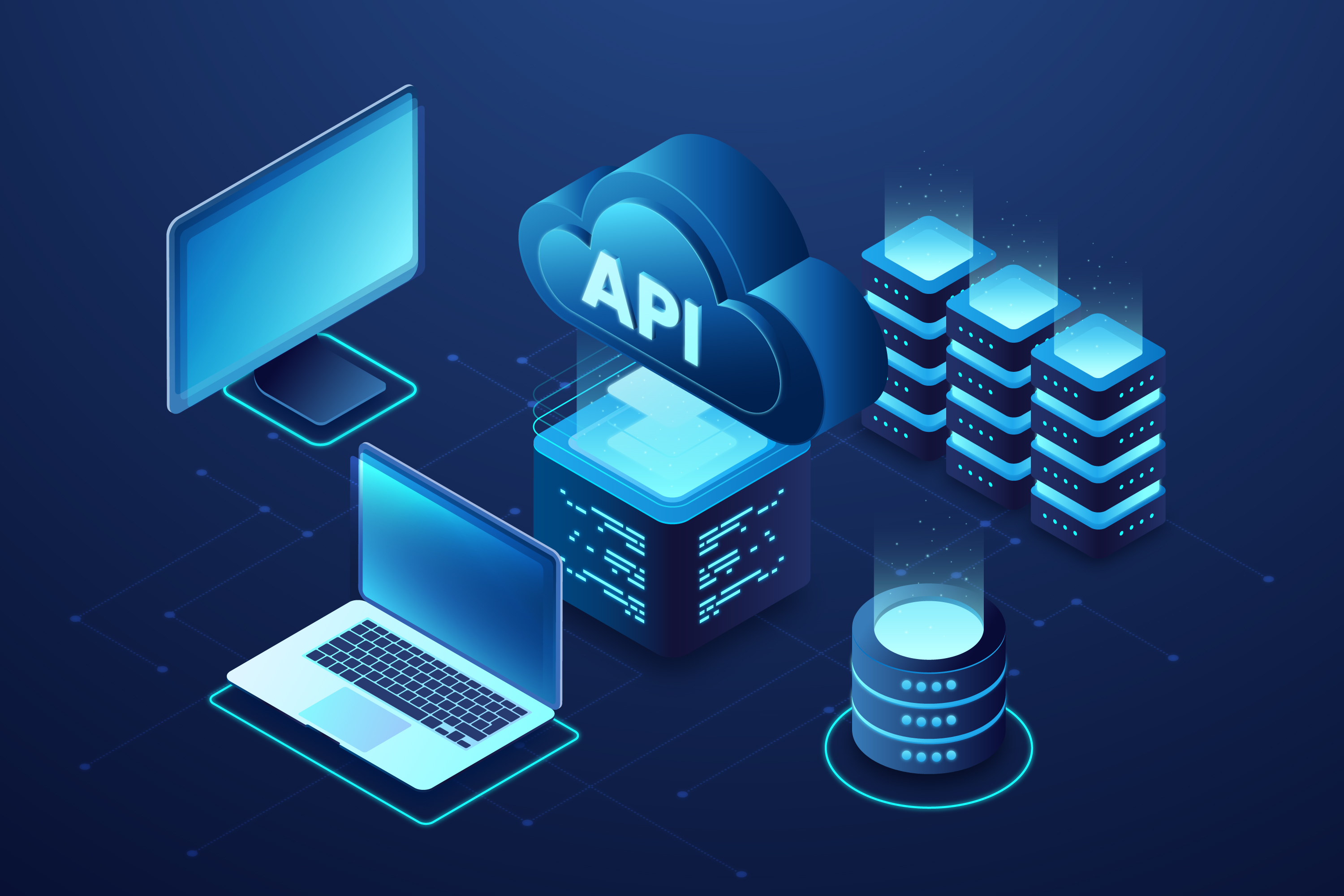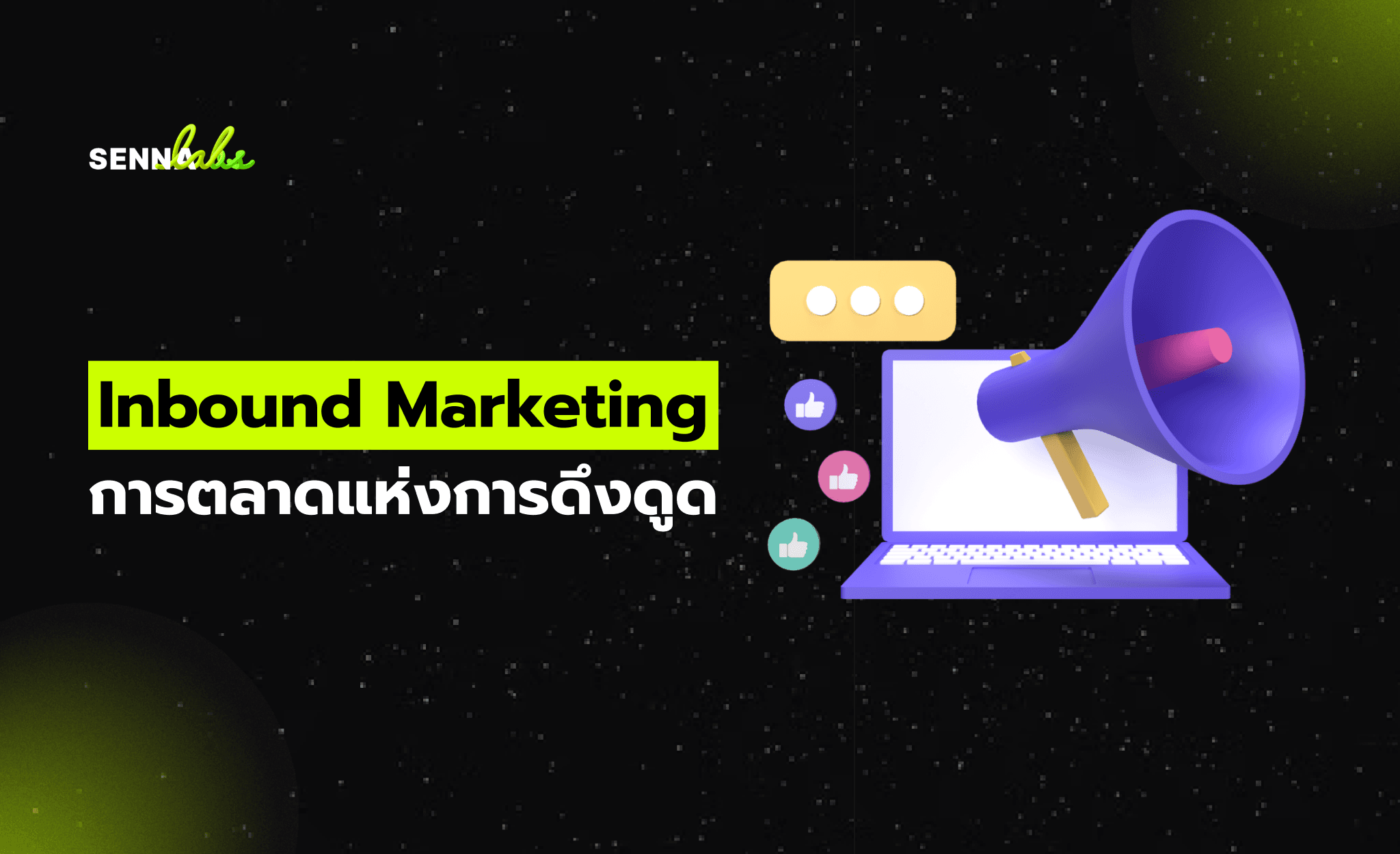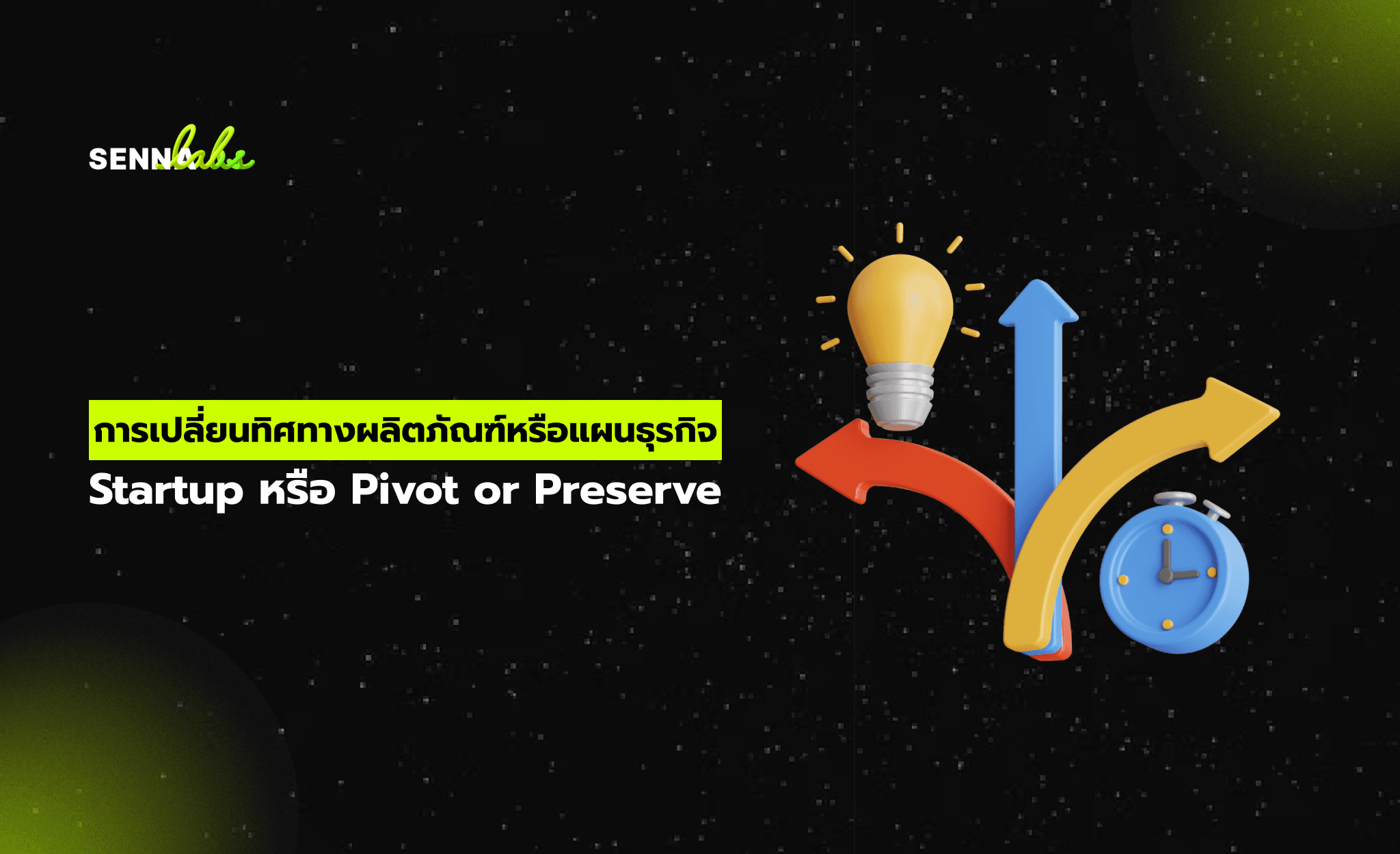Using Facebook Pixel and Meta API to Supercharge Retargeting From Your Website
In the world of digital marketing, retargeting is no longer optional—it’s a necessity. The path to conversion is rarely linear. People visit your website, browse around, and then disappear. Without the right tools in place, you have no way of bringing them back. That’s where Facebook Pixel and Meta’s Conversions API come into play.
When properly installed and configured, these tools allow you to understand how visitors interact with your website, build precise custom audiences, and serve highly personalized ads—exactly when and where it matters.
In this guide, we’ll break down how to implement Facebook Pixel and Meta API (Conversions API), the types of data you can collect, and how to turn that data into powerful retargeting campaigns. We’ll also share a real-world case study showing how one online education provider doubled their paid signups through strategic audience building.

What Is Facebook Pixel?
Facebook Pixel is a piece of code that you install on your website. Once active, it tracks user behavior such as:
-
Page views
-
Button clicks
-
Form submissions
-
Purchases or conversions
-
Cart abandonment
This behavioral data is sent back to Facebook (Meta), allowing you to:
-
Build custom audiences based on specific actions
-
Optimize ad delivery (e.g., show ads only to people likely to convert)
-
Measure campaign performance more accurately
-
Power lookalike audience creation
What Is the Conversions API (Meta API)?
Meta’s Conversions API (CAPI) is a server-side solution that works alongside—or as an alternative to—Pixel. Unlike Pixel, which relies on browser data, CAPI collects data directly from your server, which improves tracking accuracy in cases where:
-
Users block cookies or JavaScript
-
Pixel data is missing due to browser privacy settings
-
You want to send more secure and complete data
When used together, Pixel and CAPI ensure data continuity and help improve attribution in your Meta ad campaigns.
Step-by-Step: Installing Facebook Pixel
1. Create Your Pixel in Meta Business Suite
-
Go to Business Settings → Data Sources → Pixels
-
Click Add, name your Pixel, and connect it to your business account
-
Choose how you want to install the code (manual or via partner integrations)
2. Install Pixel Code on Your Website
For manual setup:
-
Copy the base code
-
Paste it between <head> tags on all pages
-
Verify installation with the Meta Pixel Helper Chrome extension
For CMS platforms like WordPress, Shopify, or Wix, use available integrations or plugins.
3. Set Up Event Tracking
Events tell Facebook what specific actions users take. You can install:
-
Standard Events like ViewContent, AddToCart, CompleteRegistration
-
Custom Events for actions unique to your site (e.g., “Watched Video” or “Clicked CTA”)
Events can be triggered through:
-
Code snippets
-
Event setup tool (no coding required)
-
Partner integrations
Step-by-Step: Setting Up the Conversions API
1. Choose Your Implementation Method
Options include:
-
Partner integrations (Shopify, WooCommerce, etc.)
-
Tag managers (Google Tag Manager server-side)
-
Direct API setup for custom-built sites
2. Create an Access Token in Meta Events Manager
-
Go to your Pixel → Settings
-
Generate an access token and copy it securely
3. Send Events via Server
Your developer will configure the server to send events such as:
-
PageView
-
Lead
-
Purchase
-
Custom actions
Each event includes parameters like event source, timestamp, and user identifiers (email, phone number, etc. hashed for privacy).
4. Use Event Match Quality to Monitor Accuracy
In Meta Events Manager, check how well your events are matching users. A high match rate means better retargeting and attribution.
Building Custom Audiences for Retargeting
Once your tracking is active, you can build custom audiences in Ads Manager. Some ideas:
-
Visitors to a specific course page
-
People who added to cart but didn’t buy
-
Users who spent over 60 seconds on your site
-
People who completed a free trial form
These audiences can be used to:
-
Remind visitors of what they viewed
-
Offer exclusive discounts to near-buyers
-
Promote similar or upgraded products
-
Deliver nurturing content to cold leads
Use Case: Online Education Platform Doubles Paid Signups
An online learning platform offering video courses in marketing, coding, and design had been relying solely on interest-based Facebook ads. They noticed decent engagement, but low conversion rates.
After installing Facebook Pixel and the Conversions API, here’s what they did:
Actions Taken:
-
Tracked users who visited specific course pages (e.g., “Digital Marketing 101”)
-
Created custom audiences for:
-
Visitors who didn’t sign up
-
People who watched 50% of their course intro video
-
Free trial users who hadn’t upgraded
-
Ran retargeting campaigns with personalized messaging (e.g., “Still thinking about learning marketing?”)
-
Enabled lookalike audiences based on people who completed purchases
Results:
-
Paid signups doubled within one campaign cycle (30 days)
-
Cost per acquisition (CPA) dropped by 34%
-
Sales team reported higher lead quality
-
More accurate attribution revealed which campaigns were truly working
By connecting their website’s behavioral data to Meta’s ad tools, they were able to turn missed opportunities into revenue—without changing their offer or increasing their ad spend.
Best Practices
-
Use both Pixel and Conversions API for complete tracking coverage
-
Test and prioritize event quality and match rate
-
Keep audiences fresh by updating them regularly
-
Use UTM parameters to track ad traffic behavior separately in Google Analytics
-
Always respect privacy laws (e.g., GDPR, CCPA) with proper user consent mechanisms
Final Thoughts
The combination of Facebook Pixel and the Conversions API offers businesses a smarter, more accurate way to retarget users and drive conversions. Whether you're selling online courses, products, or services, the key is to understand how people interact with your site—and use that data to guide them back at the right time, with the right message.
Done right, this approach transforms your Meta ads from mass communication into personalized, performance-driven marketing.


Subscribe to follow product news, latest in technology, solutions, and updates
บทความอื่นๆ



Let’s build digital products that are simply awesome !
We will get back to you within 24 hours!ติดต่อเรา Please tell us your ideas.
Please tell us your ideas.







